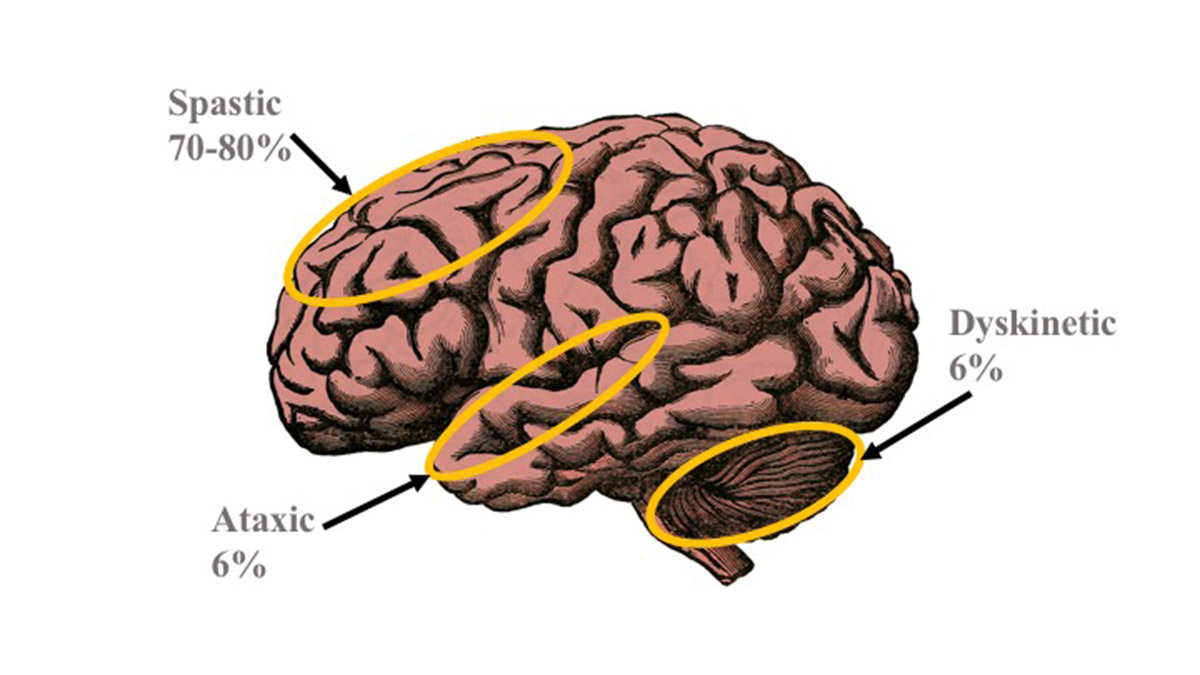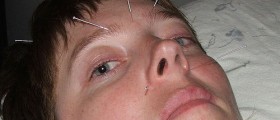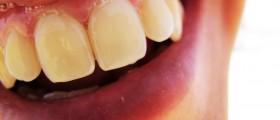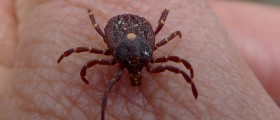
Mild cerebral palsy is one type of cerebral palsy that does not cause extensive brain damage but gives slight impairment of certain functions. The symptoms of mild cerebral palsy are subtle and sometimes may be hard to recognize. This is why diagnosing mild cerebral palsy can be challenging. The symptoms can become noticeable when a child starts having trouble reaching more advanced developmental milestones due to physical complications. Simply because mild cerebral palsy is hard to detect and early treatment does not start on time. On the other hand, if it is timely detected the treatment will be highly effective.
The leading problem regarding mild cerebral palsy is that children may not benefit from treatment since if it starts too late. These children have no intellectual limitations and the only thing required is physical therapy which may be sometimes deprived since the condition remains undiagnosed.
Presentation of Mild Cerebral Palsy
The symptoms and signs of mild cerebral palsy are not unique but can vary from patient to patient. There seems to be a connection between smoking and drinking alcohol during pregnancy that can be connected to the occurrence of mild cerebral palsy.
Initially, symptoms of cerebral palsy may not be clear. And for this reason the condition stays undiagnosed in many school-aged children. Furthermore, many parents refuse to admit problems with their children and neglect the symptoms or signs of the condition. Some of the problems related to mild cerebral palsy is with; speech difficulties, lack of coordination, very low stamina, clumsiness, pain in extremities, difficulties in walking and standing are only some of the signs of mild cerebral palsy. There may also be toe walking and clumsiness in sports activities. Children suffering from mild cerebral palsy may perform certain activities with a lot of body movements.
Treatment for Mild Cerebral Palsy
It is essential to diagnose the disease on time and start with treatment as soon as possible to increase the chance of overcoming certain disabilities. Once the condition is diagnosed a patient is sent to a cerebral palsy specialist who determines further treatment.
Fortunately, the condition is not progressive. The cornerstone of the treatment for mild cerebral palsy is regular exercise, furthermore, stamina and movements can be significantly improved with occupational and physical therapy. The physical therapist also teaches children how to perform their daily routines easily. Speech and language therapy is necessary in some cases. In others, certain medications such as Valium and baclofen are prescribed. They control muscle contractions. Muscle contractions can also be controlled with Botox injections. Toe walking children can benefit from shoes with high heels.

















Your thoughts on this
Loading...